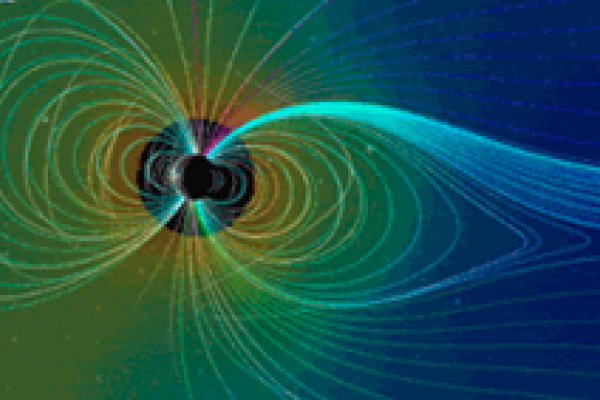Collection


Mixing it up: Understanding the boundaries of anti-diffusion
The process of diffusion has been studied for centuries. But reserachers have recently begun to study a competing process – anti-diffusion. Find out more in this collection of content from a recent research programme at the INI.
Referenced articles









